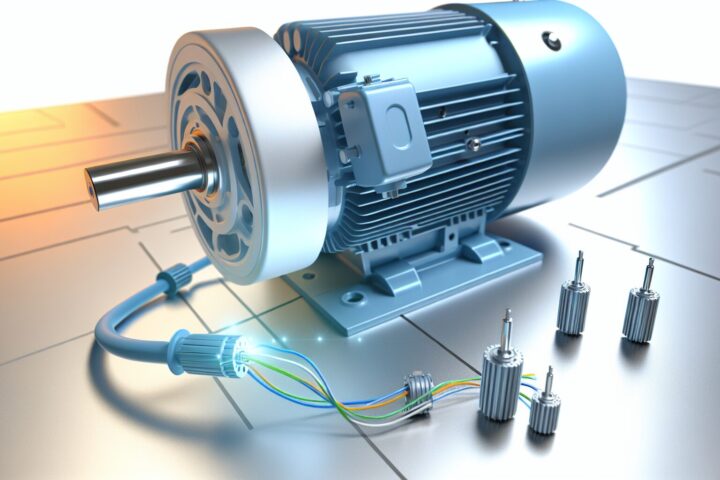In recent years, the demand for efficient and sustainable energy solutions has surged, paving the way for innovations in various sectors. One of the key players in this transformation is the electric motor, which plays a pivotal role in powering everything from household appliances to industrial machinery. As developers and manufacturers strive to enhance electrical efficiency and reduce emissions, understanding the intricacies of electric motors becomes essential.
The Basics of Electric Motors
Electric motors operate based on the principles of electromagnetism, converting electrical energy into mechanical energy. They come in various types, such as DC (Direct Current) motors and AC (Alternating Current) motors, each with their distinct applications and operational mechanisms. The efficiency of these motors is crucial, particularly in applications that require continuous operation, as even a slight gain in efficiency can result in substantial cost savings over time. To delve deeper into this topic, watch the following video that explores the fundamentals of electric motors:
The evolution of electric motors is closely tied to advancements in technology. Innovations such as the integration of smart capabilities and IoT (Internet of Things) connectivity have allowed for enhanced monitoring and control of electric motor systems. This not only boosts operational efficiency but also aids in predictive maintenance, thus prolonging the lifespan of equipment. As industries continue to adopt these technologies, the electric motor is set to become even more integral to our energy landscape.
In conclusion, it is clear that electric motors are more than just mechanical devices; they are a fundamental component of modern technology. As we move towards a more sustainable future, the role of electric motors will only become more prominent, driving efficiency in both consumer and industrial applications. For more information about electric motors, visit VYBO Electric and explore the comprehensive range of products available.




